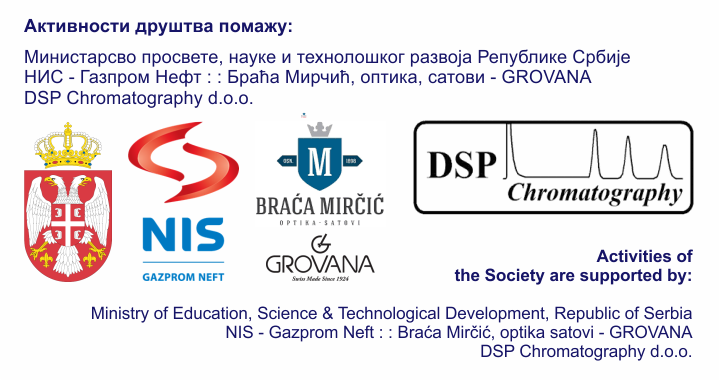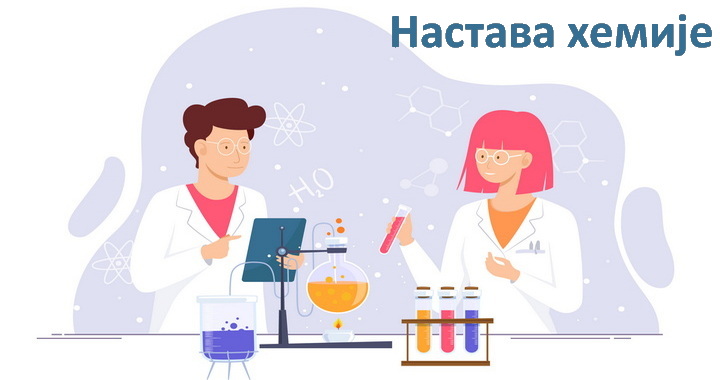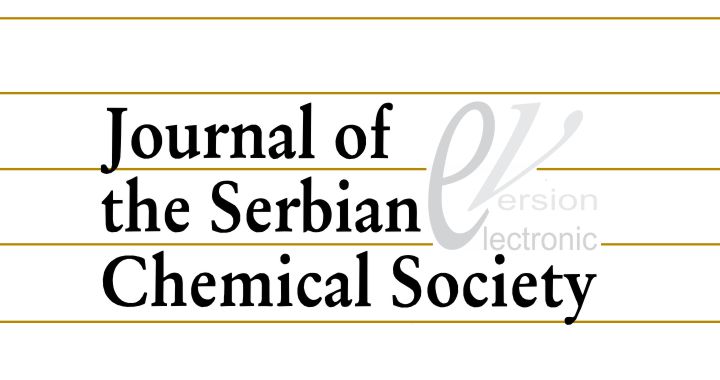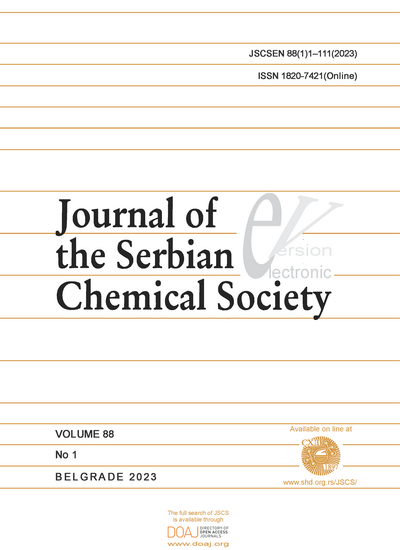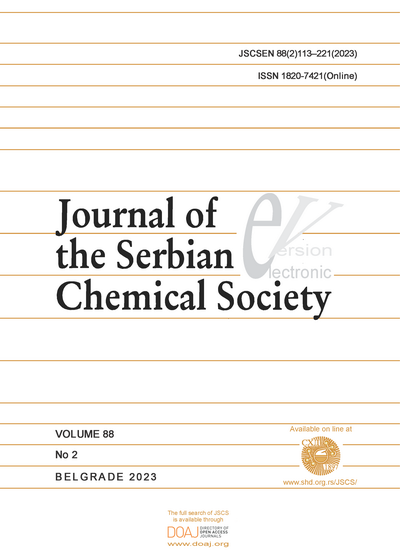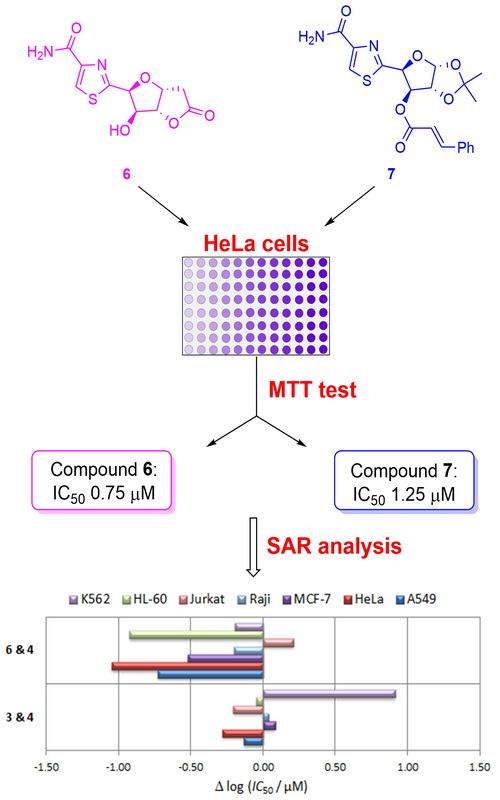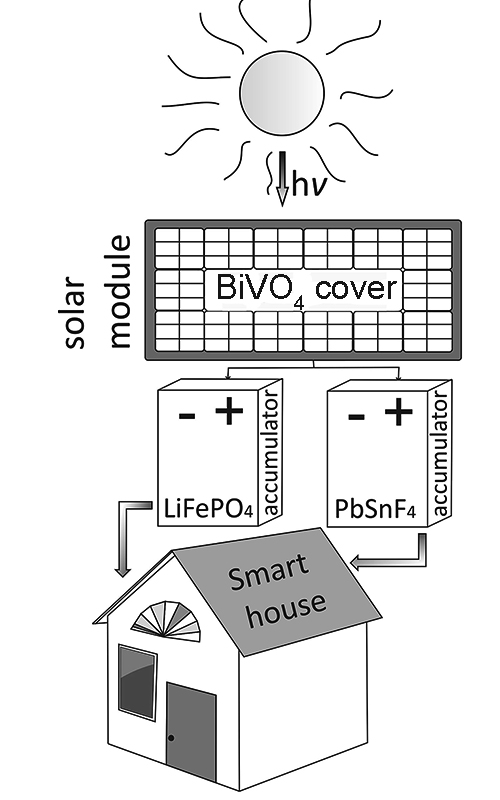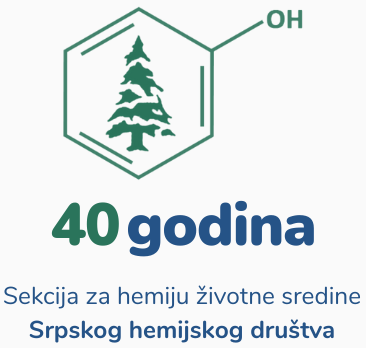Sekcija za hemiju životne sredine Srpskog hemijskog društva organizuje
PREDAVANJE
SOURCES, CYCLING AND FATE OF COMPOUNDS OF EMERGING CONCERN
Bisphenols as a case study
Dr Ester Heath, Jožef Štefan Institute, Ljubljana, Slovenia
15. decembar 2017. u 11.00 h, Hemijski fakultet, Studentski trg 12, Beograd, Biblioteka na 1. spratu
Bisphenol A (BPA) is used in production of certain plastics and epoxy resins. Is a xenoestrogen what raises concern about its suitability for food packaging application, especially to sensitive pollutions like infants and newborns. This has led to many studies investigating its presence, which resulted in its restrictive use. BPA is only one of among many similar diphenylmethane derivatives that are not new to industry, but are only just being investigated. Initial studies have shown that they are as, if not more, toxic than BPA.
This study reports the occurrence, sources and cycling of selected bisphenols (BPs) including BPA, bisphenol AF (BPAF), bisphenol AP (BPAP), bisphenol B (BPB), bisphenol C (BPC), bisphenol E (BPE), bisphenol F (BPF), bisphenol S (BPS) and bisphenol Z (BPZ) in different environmental and food compartments and in case of BPA, also attempts to explain urinary BPA levels on the national level. Results revealed the presence of bisphenol residues in wastewaters and meat processing plants as major sources of BPs in wastewaters. As an alternative treatment, photodegradation of selected BPs was studied and pseudo first order kinetics determined. Structural elucidation of newly formed TPs indicated formation of hydroxylated TPs of all tested BPs. Honey was selected as representative food matrix. Honey samples from European and non-European countries and food simulant stored in different types of blank honey packaging were analyzed. Various honey samples contained BPA, BPAF, BPE, BPF, BPS and BPZ. Under simulated conditions, only BPA and BPAF were detected in food simulant indicating that the bisphenols in honey probably derive from a source other than the final packaging. Lastly, the first national data on urinary BPA levels was evaluated with regard to potential dietary and non-dietary exposure sources, and compared between three population groups, differing by age, gender and place of residence. Results showed that urinary BPA levels in all samples were below the current health-based guidance values in all participants and were comparable with the levels reported for other European countries. Data indicated the main exposure sources, age and gender specifics as well as physiological and life-style differences between the population groups studied.
In conclusion, the selected BPs were determined in all tested matrices showing how they are ubiquitous within our environment and how we are constantly exposed to them. Despite this, the potential toxic effects at concentrations detected and in mixtures, in which they are present, are yet to be shown.
Ester Heath (F) has been employed at »Jožef Stefan« Institute since 1991. She obtained M.Sc. (1994) and Ph.D. (1998) in Chemistry – Environmental Organic Analysis at the University of Ljubljana, Ljubljana, Slovenia. She spent 15 months at University of Plymouth, Plymouth, UK and 2 years at McGill University, Montreal, QC, Canada. Currently she is a Head of Laboratory for Organic Analytical Chemistry within Department of Environmental Sciences, »Jožef Stefan« Institute and a full professor at International Posgraduate School Jožef Stefan in Ljubljana, Slovenia.
Prof Heath has been working in the field of organic analytical chemistry for over 20 years and has a broad experience in experimental work (sample preparation procedures, identification and quantitative and qualitative determination) with trace organic compounds and their stable metabolites using different analytical procedures (mass spectrometry, gas and liquid chromatography). She has also been involved in developing and evaluating different treatment processes with assessing contaminant removal, transformation and toxicity.



